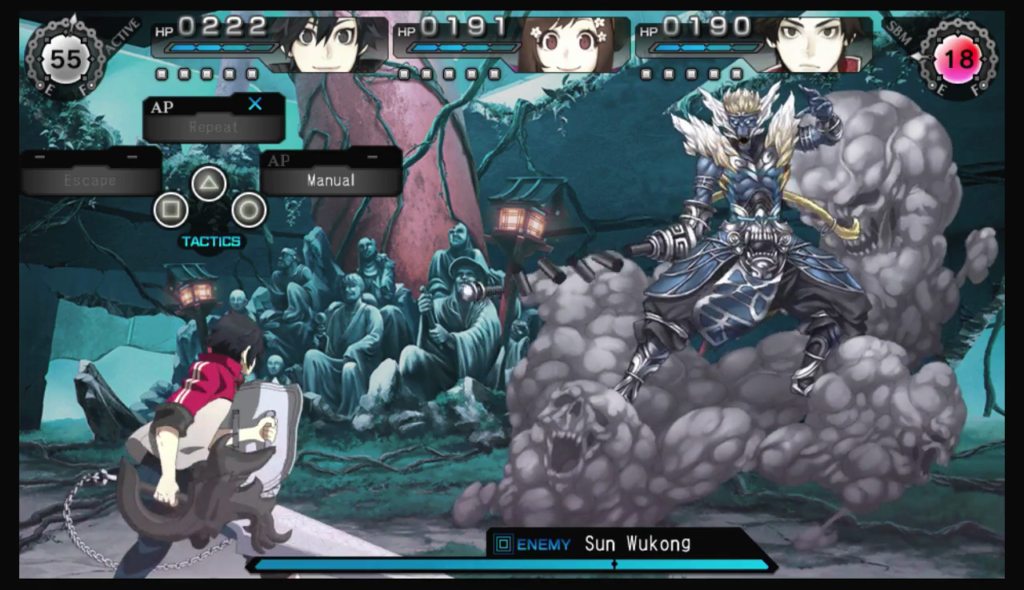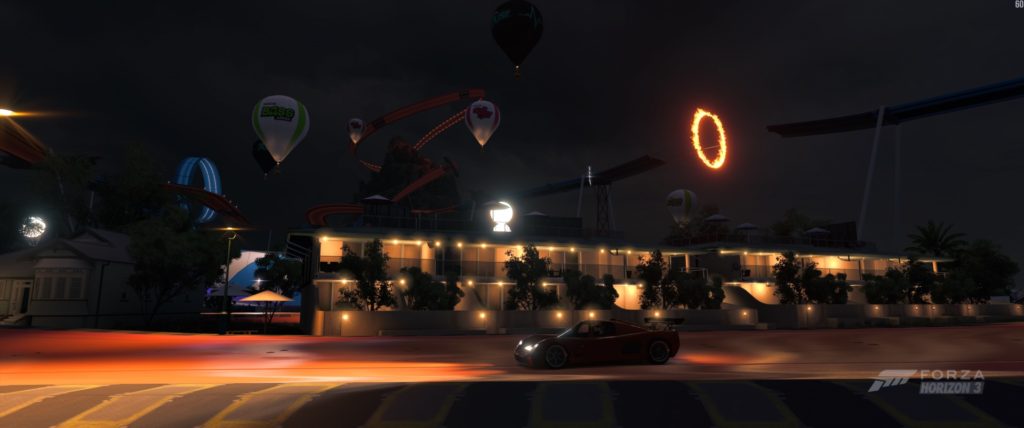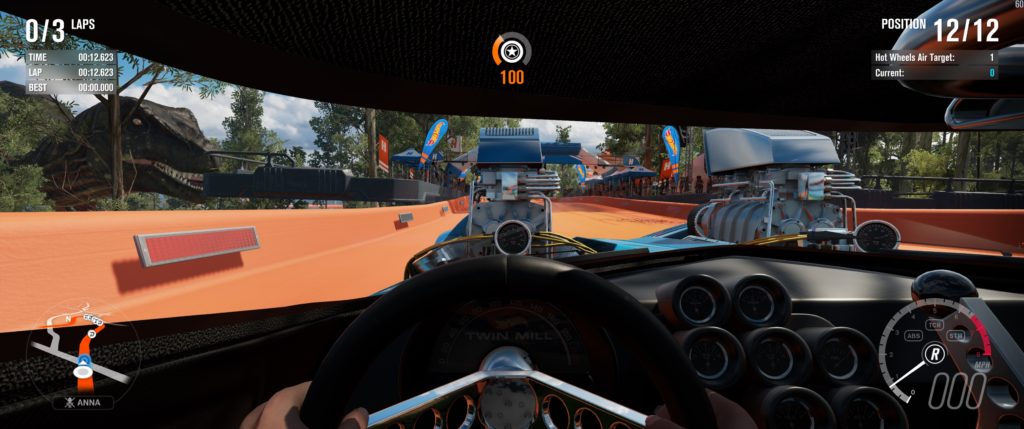- Genre: JRPG
- Platform: PS TV / Vita
- Also Available On: Windows (Steam)
TL;DR
- Decent battle system, a few changes not typical of the genre w/ move cost and HP regen made battles feel a lot more impactful
- Battle animation was a clear focus for the visual needs of the game
- Outside of the battle system, the game is significantly more average
- Story works, but not much to write home about
Ray Gigant is for the most part a pretty standard first-person dungeon crawler JRPG. It’s got a normal mapping system that generates as you wander around the dungeons. The battles are for the most part a standard turn-based affair. The visual-novel styled story hits a lot of points that are by and large not unusual for a sort of post-apocalyptic games out of Japan. However, there are a few things that it does that are at least of note, even if they don’t really elevate this to anything more than average for the genre.
The biggest problem that I really had with this game is that it didn’t really do much with the dungeon crawling aspect. The environments that I was walking through had occasional puzzles (forced teleports, one way entrances, etc), but they were never that challenging. The art and enemies used for each story arc was the same the entire time, so once you did the first run for an arc, you knew what you were seeing. The lack of being able to draw on the map was also a deterrent compared to 3DS games like the Etrian Odyssey series, where I could directly put traps and notes on the map as I progressed. In general it was pretty clear that for as simple as the first-person dungeon crawling was, it was also the area that received the least amount of love, so by the end of a story arc, I was typically doing what I could just to rush through dungeons to get to the good parts.
Since this is a JRPG, the core of the gameplay is in its battle system. This is where they really do some of the things that are less standard for the genre. There’s a pretty basic elemental system, as well as differentiation between ground, air, and undead enemies, giving a nice amount of flexibility in how you take advantage of each character’s move set to get through the battles as quick as possible. This is backed up by everything being based on an Attack Point value, rather than a more typical mana cost. The AP regenerates by either waiting a turn with a character, or by taking damage, so the harder battles had an interesting play between preserving AP, using heals to keep the party going, then going all out in an attack pattern to get your bulk damage in at once. The system also resets all HP in between fights, so each fight feels more impactful, rather than becoming more of a resource-management slog that a lot of dungeon crawlers fall into.
The visual treatment of the battles is also worth noting. All the characters have pretty decent idle animations, both the player and non-player characters. While it doesn’t extend to the basic attack animations, it adds a nice flourish to the battle while you’re setting up your turn.
This also extends into the Slash Beat system used for a generally boss-only massive special attack. For reasons known only to the development team, the game turns into a rhythm game at this point, but it works out shockingly well as a distraction in the middle of larger fights.
The core leveling system also takes a bit of an unexpected turn. There’s no XP to be had at all in the game, and tied to that there are also no distinct item drops. All fights drop one of three types of core resources, ones used for upgrading gear, ones used for purchasing skills, and ones used for purchasing character levels. Since these drop from any fight, there’s a really quick feedback loop between the fights you’re engaging in, and the upgrades the characters receive. It also ends up allowing for highly flexible team builds. Taking too much damage and need defense? Spend resources into the character’s shield upgrades and get better gear, or use the skill purchase resources to get damage mitigation. Need more attack damage? Spend resources into the character’s weapons or purchase character levels in physical damage. Rather than being on the fairly preset path typical of most JRPGs, this feels a lot closer in style to more western RPGs, where gear builds are typically more fine grained.
However, the little details start to show where the game lacks the polish of larger budget titles. Aside from the environment art repetition mentioned above, the story itself leaves a lot to be desired. It pretty much follows most character tropes (broody male that doesn’t want to interact with people, airhead girl that doesn’t pay attention to things around her, obviously evil older mustached guy, etc) without going into any interesting territory. Although there are three distinct story arcs, each one is over within a few hours, so the characters don’t have the time to grow, even if they had been written to do so. There’s also a subsystem in battles called Parasitism that activates periodically, changing attack cost from AP to character HP. In general it activates at inopportune times during boss battles, but can be immediately cleared with a Slash Beat attack. It seems to serve no purpose other than linking into the story and being annoying.
Overall this was fairly average, but a nice distraction from what I’ve been playing recently. It definitely doesn’t do anything out of the ordinary, and there are far better dungeon crawlers out there for people being introduced to the genre. However, it scratched the itch for me without getting heavily in the way, and at least had a few nice surprises for me along the way.




